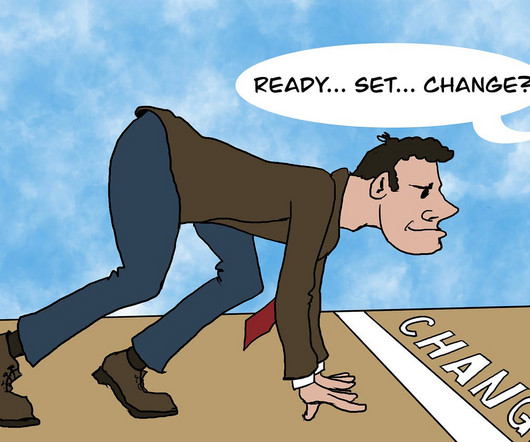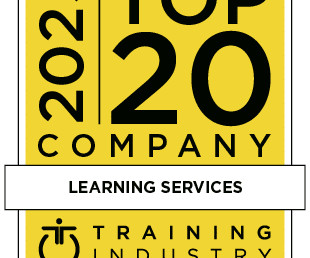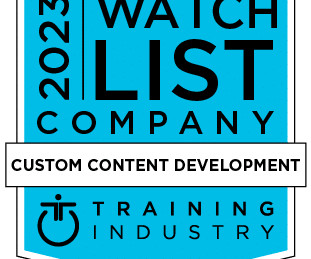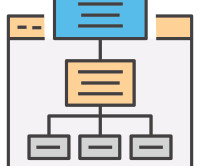Change Readiness?—?Essential but Oft-Omitted
Harmonious Workplaces
DECEMBER 12, 2023
During the month of October, I had the pleasure of learning Organizational Development (OD) and Change Leadership from The Drucker School of Management at Claremont Graduate University. One of the more impactful moments in the course involved the resistance to change by most people at most times.












Let's personalize your content